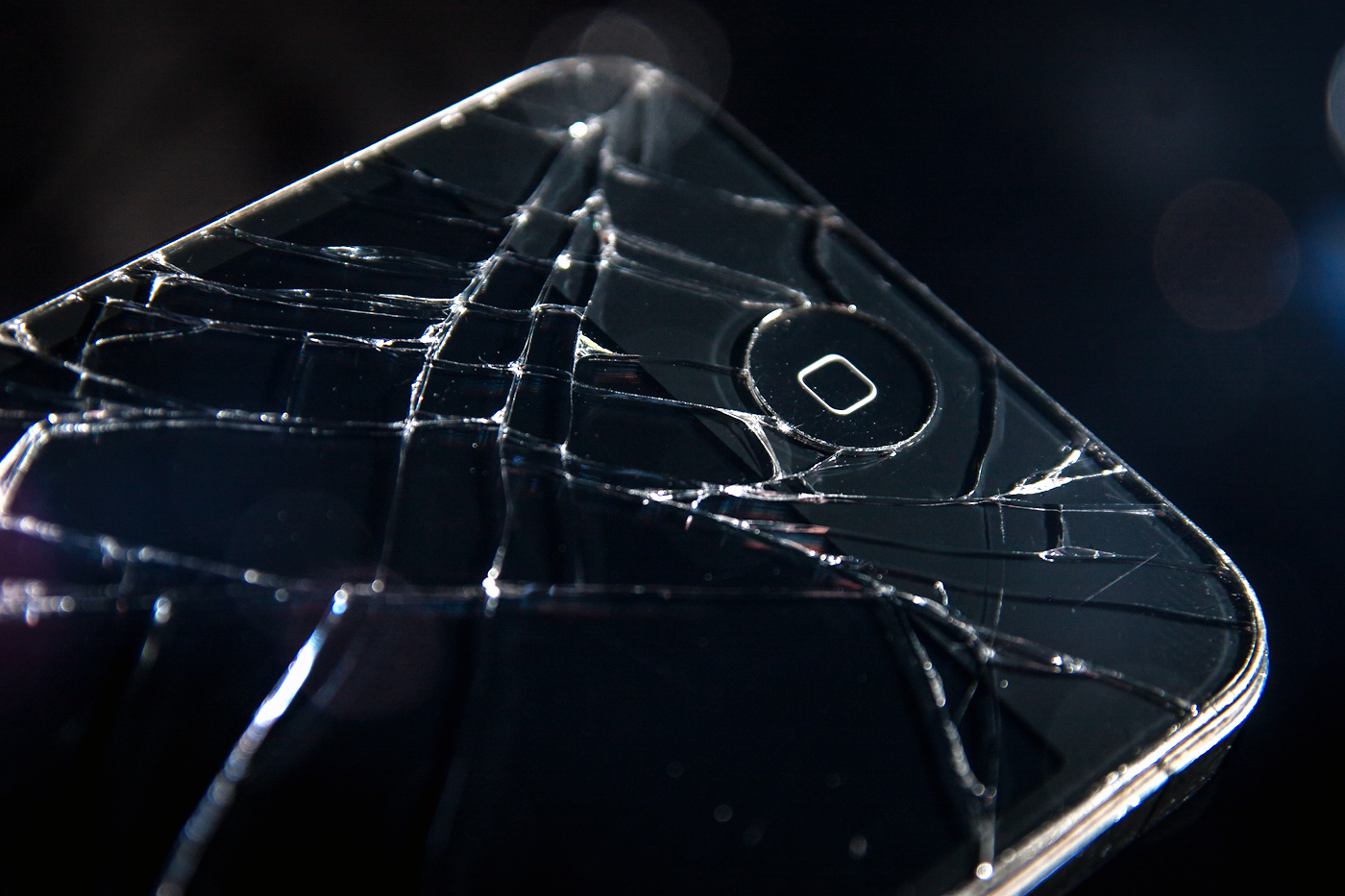Over the years, technology has advanced and greatly impacted individuals and their everyday lives. According to the writers Brooke Gladstone and Josh Neufeld, “So it’s likely that our brains process information differently in our increasingly interconnected environment. We’ll also have the ability to rush ahead of evolution—by implanting new technology” (334). Gladstone’s and Neufeld’s perspective says that individuals are spending most of their one-on-one time with devices. This new technological era is gradually changing the way how everyone thinks and communicates. In another sense, it is not common anymore to see two people having an intimate conversation at a restaurant table, it is mostly two people looking down at their cell phones as they wait for their food to arrive. In this up-to-date generation, there are many ways to communicate whether that is through text messaging on smartphones, cell phone applications, and social media, but these forms of communication have both positive and negative effects on human beings, just so happens from our finger tips.
Phone calls are rarely a form of communication anymore, because text messaging provides ourselves to be the controller in our conversations with family and friends. Writer Sherry Turkle interviewed a group of teenage girls from Roosevelt High School about why text messaging is a better way of communicating than the old school phone calling. Audrey, who was one of the interviewees argues that, “A text is better than a phone call because in a call, there is less boundness to the person” (378). In other words, it is much easier to avoid rambling during phone calls in which Audrey further argues that, “In texting, you get your main points off; you can really control when you want the conversation to end. You say, ‘Got to go, bye.’ You just do it… much better than the long drawn good-byes, when you have no reason to leave, but you want to end the conversation (378-79). I can agree that text messaging can be a better way of communication because my personal experiences confirm it. Before the popularity of smartphones like the iPhone and the Android had come out, my fifth grade friends and I used to call each other on our home telephones after school and just talk about what happened at school that day. At the time, we had limited-minute flip phones or cell phones with the slide-up keyboard that had no internet access and all of those entertaining phone apps that are available now. I remember being on the phone with a friend for hours on end. Back then, it was hard to interrupt and say ‘I have to go’ while your friend is in the middle of serious talking. Nowadays, it is easier to cut a conversation through text messaging, and to move on to other tasks.
On the contrary, cutting a conversation can be a worst case scenario. Writer Sherry Turkle also writes about how new technology has affected relationships with our family and friends. She asserts that, “Increasingly, people feel as though they must have a reason for taking time alone, a reason not to be available for calls. It is poignant that people’s thoughts turn to technology when they imagine ways to deal with stresses that they see as having been brought on by technology” (383). Turkle’s theory is extremely useful because it sheds insight on the difficult problem of human isolation, in spite of ignoring personal interaction. It seems that people have become more asocial. The way I see it now, individuals cancel plans with friends or even family members, to finish work or to rather stay home and spend time on their devices to surf through social media or to binge-watch their favorite TV show series on Netflix, and I admit that I am guilty of this. I also find that that spending so much time on social media has made ourselves indecisive. Like I have mentioned, I have canceled plans to stay in bed and watch Netflix for the entire day. The next thing I know, I am on Snapchat and watching everyone’s stories. People are at the beach, at the mall, partying, or working out, then there is myself being lazy in bed and having the need to do something productive with my life. We tend to forget that social media will always be there, and it is okay to put our phones down once in awhile. Not only this, we are missing out on the opportunities and memories that will become regrets because they were not being taken advantage of. Instead, we watch people living their lives other than living our own.
iPhone and Android applications are another popular feature on smart phones that people are an attraction in today’s technology. Video chat apps such as Face Time and Skype has brought personal interaction on a whole other level. Writer Jenna Wortham and her long-distant boyfriend use these applications to keep the relationship strong, and to keep in touch with family members as well. Wortham has found that, “all of my conversational habits have matured beyond the static phone dates of yore. We are now in constant and continuous communication with our friends, co-workers and family over the course of the day. These connections can help us feel physically close, even if they happen through a screen” (394). I can say Jenna Wortham’s perspective and my perspective are on the same page. We can both agree that these applications create a more intimate form of communication versus sending an email or text message to your loved ones. Sending an email or text message is like a person receiving a greetings card on their birthday, it is meaningless. Through these applications, individuals are seeing their loves ones face-to-face and virtually sharing moments together. According to Wortham, “And because this kind of communication is less formal than a phone call or an email, it feels more like the kind of casual conversation you might have over a meal or while watching television together” (394). From personal experience with the Face Time app, I like to catch up with friends who are attending college far away from home. I believe that communication is key with any important relationship. No matter how far away this person may be or how many days of not seeing each other, we always pick up where left off and it feels like nothing has changed in between.
In disadvantage, technology is not yet comfortable with internet connection or “WiFi”. I could be in the middle of a catching up with a friend on FaceTime, then a pop-up comes up saying, “FaceTime Failed: Connect to a WiFi network to use Facetime”. I am sure that every person who is an iPhone user knows this struggle or just trying to find a signal is the major struggle. From my personal belief, the attachment to our devices also makes ourselves needy and unnecessarily outraged. Nowaways, friends cannot step into your house without asking for your WiFi password.
Social media is the light of today’s technology. It keeps us up to date with the latest news, sports, pop culture, and trends that are happening all over the world. Social media such as Youtube, Facebook, Instagram, and Twitter, all provide an outlet for people’s voices to be heard and their expressions to be seen. It can be used both a positive or negative way. Starting with the benefits, social media is a perfect place to spread awareness such as cancer, animal abuse, and other important issues. On Facebook, I have seen people link GoFundMe pages to help raise awareness and money to support a cause, and it is astonishing to see such a thing become successful as well as the amount of people that participate. The negative of social media is reading online articles of Donald Trump running for presidency. On a serious note however, a broad voice coming from a man like Donald Trump can cause hatred and feud among advocates, which so is currently happening. In relations to this, Writer Malcolm Gladwell leads on the subject of social activism, “When ten thousand protesters took to the streets in Moldova in the spring of 2009 to protest against their country’s Communist government, the action dubbed the Twitter Revolution, because of the means by which the demonstrators had been brought together” (401). In other words prior to social activism, we can demand a change through social media.
The current ways of connecting and communicating through text messaging, smartphone applications, and social media have human beings living in another dimension. We are communicating in ways like never before. Contrary to popular belief, we stuck are stuck in the gist of misconceptions with social media constructing today’s technology. It seems like we are lost in this generation. We “follow” this new path that makes ourselves isolated from the real world; therefore, what lies within our phone screens is our new reality.




